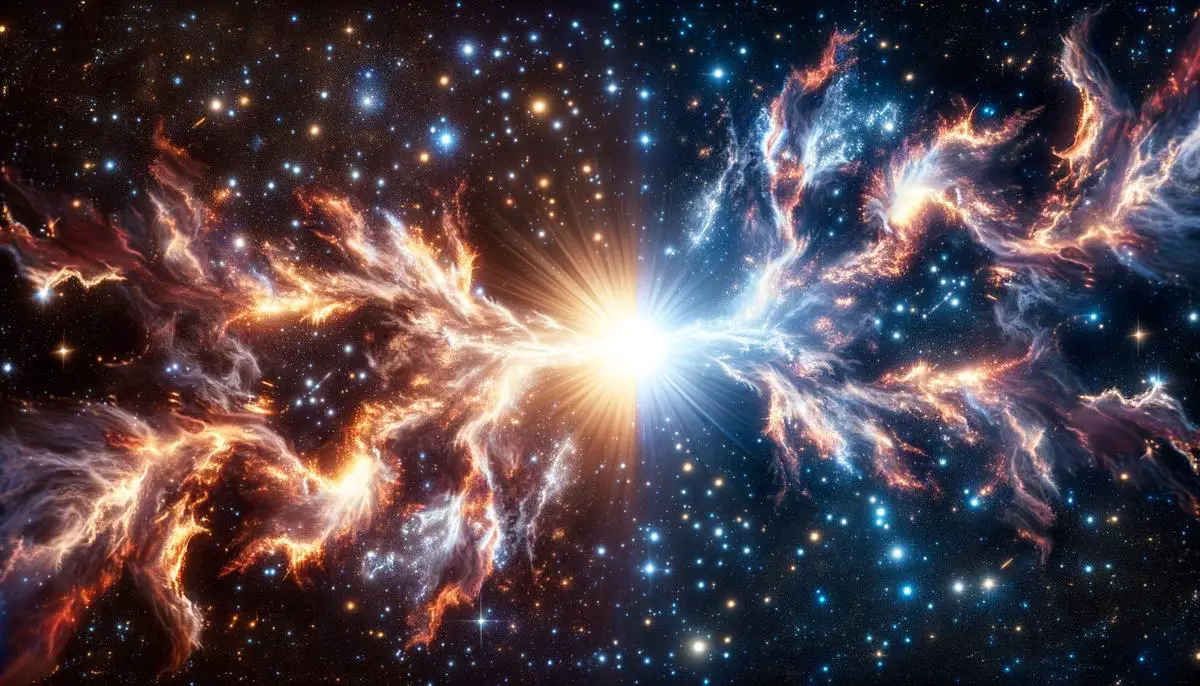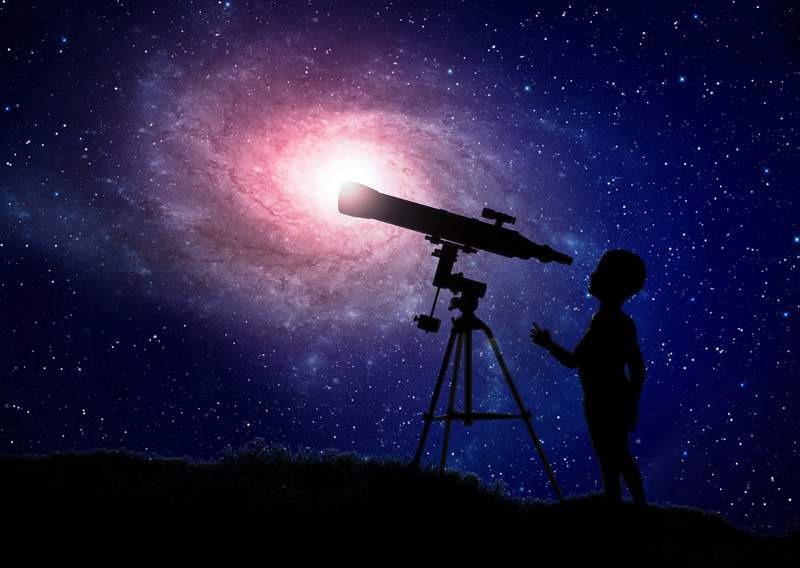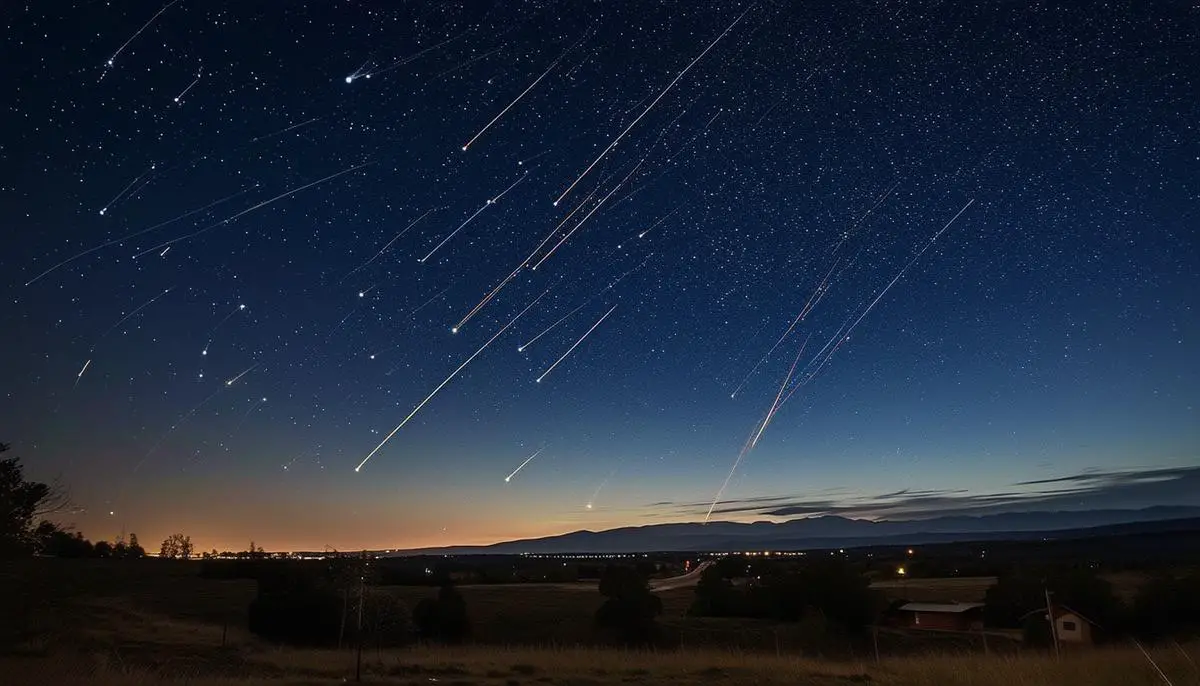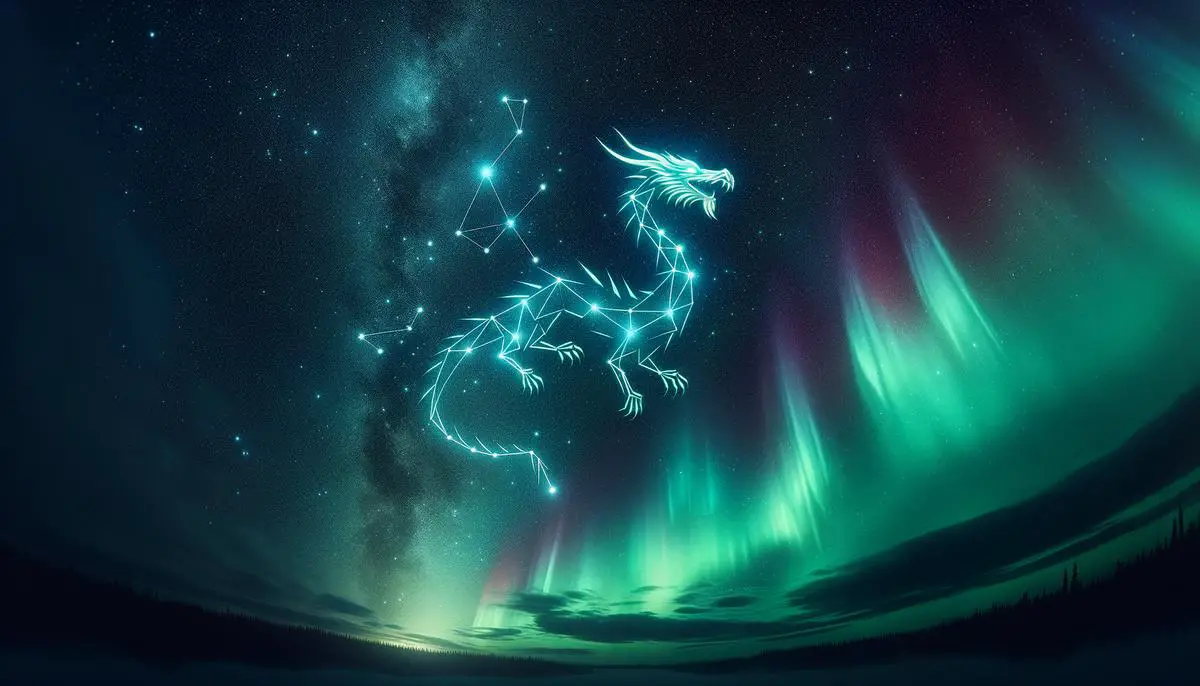Introduction to Draco
Draco, one of the largest constellations in the northern celestial hemisphere, is visible year-round in the Northern Hemisphere due to its circumpolar nature. It appears to spiral around the North Star, Polaris, creating a distinctive pattern in the night sky.
To locate Draco, look for a long, winding chain of stars forming the body of the dragon. Its neighboring constellations include Cepheus, Hercules, and Boötes. The Big Dipper can serve as a useful starting point; follow the line of stars from its handle to find Draco.
Notable stars in Draco include:
- Gamma Draconis (Etamin): The brightest star in the constellation
- Thuban (Alpha Draconis): The North Star around 4,500 years ago
The constellation also hosts several deep-sky objects, such as the Cat's Eye Nebula and the Spindle Galaxy.
In Greek mythology, Draco represents Ladon, the hundred-headed dragon guarding the golden apples in the garden of the Hesperides. The constellation's name has inspired various cultural references, including the character Draco Malfoy from the Harry Potter series.
July is considered the optimal time to view Draco in its full glory. For the best viewing experience, choose a clear night away from city lights.
Draco's Stars and Deep-Sky Objects
Eltanin (Gamma Draconis), the brightest star in Draco, can be located by finding Vega in the Lyra constellation and looking northwest. Historically, Eltanin was used for navigation due to its prominent position in the northern sky.
Thuban (Alpha Draconis), though less bright than Eltanin, held the position of North Star around 4,500 years ago during the time of ancient Egypt. It can be found near Draco's tail, between the Big Dipper and the Little Dipper.
Notable Deep-Sky Objects:
- Cat's Eye Nebula (NGC 6543): A complex planetary nebula visible with a small telescope
- Draco Dwarf Galaxy: A satellite galaxy of the Milky Way
- Spindle Galaxy (Messier 102, NGC 5866): An elongated galaxy visible with binoculars or a small telescope
- Tadpole Galaxy (Arp 188): Known for its long tail of stars, visible with a larger telescope
For novice stargazers, star-hopping techniques and readily available star maps can assist in locating these celestial objects. Begin with brighter stars like Eltanin and Thuban before exploring the constellation's hidden treasures.

Mythological Background
In Greek mythology, Draco is associated with Ladon, the hundred-headed dragon guarding the golden apples in the garden of the Hesperides. These apples, a wedding gift to Hera from Zeus, were said to bestow immortality. Heracles, as part of his Twelve Labors, had to defeat Ladon to obtain the apples. After Ladon's demise, Hera placed him among the stars as the Draco constellation.
Roman mythology presents a different narrative, depicting Draco as one of the Gigantes who battled the Olympian gods. In this version, the goddess Minerva slew Draco and cast him into the sky near the North Pole.
Dragons appear in various cultural mythologies, often with contrasting symbolism:
- Chinese tradition: Dragons are benevolent creatures symbolizing power and good fortune
- Norse mythology: Features Nidhogg, a destructive dragon that gnaws at the roots of Yggdrasil, the world tree
These diverse interpretations of Draco and dragon mythology reflect the values, fears, and aspirations of different cultures. The constellation serves as a celestial canvas for these stories, connecting ancient myths to the night sky we observe today.

Observing Draco
To optimize your observation of Draco, consider the following guidelines:
- Timing: While visible year-round in the Northern Hemisphere, July offers the best viewing conditions when Draco is high in the sky.
- Location: Choose a viewing spot away from urban light pollution, such as rural areas or national parks, for clearer visibility.
- Weather: Select nights with clear skies and minimal atmospheric disturbances for optimal viewing conditions.
- Reference points: Use familiar constellations like the Big Dipper and Little Dipper to locate Draco. The constellation wraps around these two, forming an elongated chain.
- Tools: Utilize telescopes or binoculars to explore Draco's fainter stars and deep-sky objects. Start with brighter stars like Eltanin and Thuban to outline the constellation.
- Resources: Employ star maps and mobile stargazing apps to assist in identifying Draco's features and celestial objects.
- Patience: Allow time for your eyes to adjust to the darkness and revisit the constellation throughout the night as it shifts position.
With practice and persistence, locating Draco and other constellations will become easier. Prepare your stargazing equipment and enjoy exploring the night sky.
"The cosmos is within us. We are made of star-stuff. We are a way for the universe to know itself." – Carl Sagan1

Astronomical Significance and Fun Facts
Draco, the eighth largest constellation in the night sky, covers 1,083 square degrees, making it one of the most extensive constellations visible from the Northern Hemisphere. It contains:
- 14 main stars
- 76 Bayer/Flamsteed stars
- 17 stars with officially recognized names
Eltanin, its brightest star, serves as a focal point for stargazers.
The constellation is associated with the annual Draconids meteor shower, peaking around October 8th. This shower, also known as the Giacobinids, originates from debris left by comet 21P/Giacobini-Zinner. While typically modest, certain years can produce "Draconid outbursts" with hundreds or even thousands of meteors per hour.
Recent astronomical research has highlighted Draco with the observation of a superflare on its star EK Draconis, located about 111 light-years away. This young solar-type star exhibited a massive filament eruption, providing insights into young star activities and possible early conditions of our solar system1.
Deep-Sky Treasures
Draco's celestial canvas features several notable objects:
- The Cat's Eye Nebula (NGC 6543): Stands out for its intricate structure, displaying a complex array of gases and layers observable through telescopes.
- The Spindle Galaxy (Messier 102, NGC 5866): An intriguing target for higher-powered telescopes.
- The Draco Dwarf Galaxy: One of the Milky Way's satellite galaxies, offering insights into galactic formation and evolution.
In popular culture, fans of the Harry Potter series will recognize Draco Malfoy's name, which J.K. Rowling derived from this constellation.
Astronomically, Draco has been fertile ground for studying various celestial phenomena. The discovery of numerous exoplanets around Draco's stars broadens our understanding of planetary systems beyond our own2.

As you observe Draco, consider that you're viewing a constellation spanning vast portions of our sky while connecting ancient myths and modern science. Each star in Draco tells a story—of dragons, heroes, and cosmic phenomena—that continues to inspire our imagination and fuel our curiosity.
"Prepare your star maps, set up your telescopes, and enjoy exploring the wonders of Draco, the dragon in the sky."
![]()
